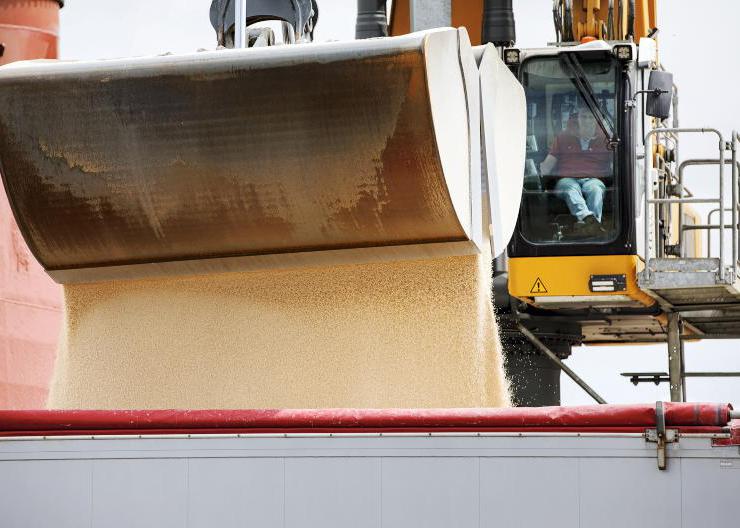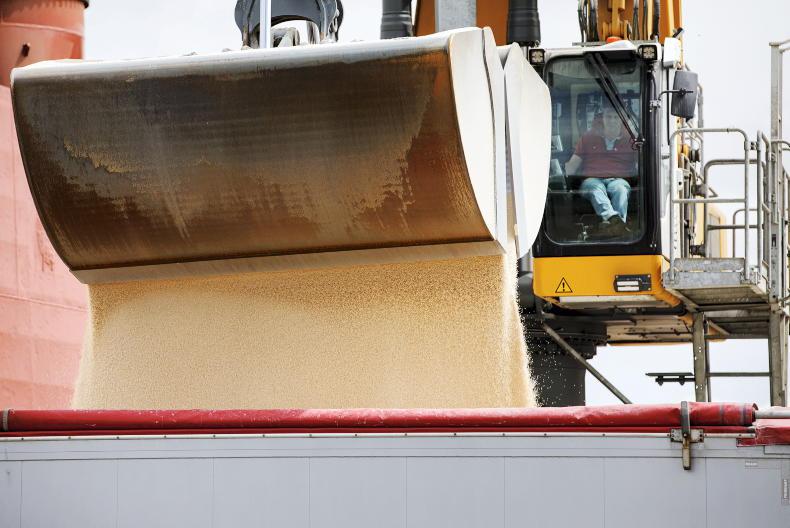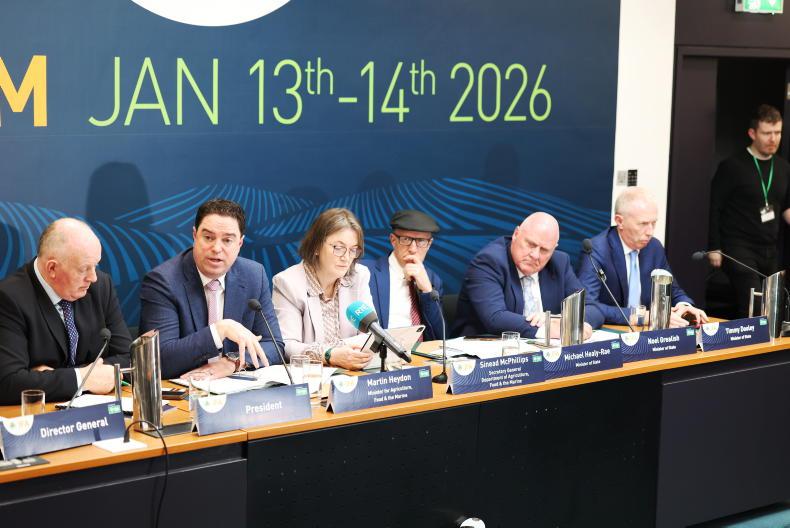Like many others, I was surprised when I was told that Irish farming was a net emitter of carbon rather than, as I had expected, a net absorber through growing grass and crops as well as through forestry and hedgerows. The culprit was identified as drained peatlands.
Apparently drained organic Irish soils emit approximately nine million tonnes of carbon equivalent, more than the total estimated to be sequestered by all of normal agriculture and forestry.
It seems that Ireland is one of only three EU countries where the sector acts, or more accurately perhaps is calculated to act, as a carbon emissions source rather than an emissions sink.
Before the sector in general is boxed into a corner on this issue, we should have a reliable guide as to the kind of figures we are talking about, and before we embark on an expensive and perhaps unnecessary so called “rewetting“ programme.
At this stage, we are not clear on how many hectares of peatland have been drained in the country.
According to Teagasc, estimates vary from 237,000ha to almost twice that figure, at 513,000ha. And of course we don’t know how much of that has been effectively drained or how much is effectively maintained and so continues to release carbon as the peat continues to dry out.
The price to pay
Some sensible effort to come to grips with the amount of peatland emitting carbon will have to be made, and if farmers have to be paid to rewet some of the drained peatland to meet the national targets for greenhouse gas emissions that were so hastily brought into law, then that is going to be a price that will have to be paid.
In many ways with the current world problems of food shortages and distorted markets as the war in Ukraine drags on, all of this may appear to be dancing on the head of a pin.
But nevertheless we are heading towards a situation where farmers will rightly continue to insist on some payment for the carbon they sequester in their crops or store in their soils.
The justice of the claim has been admitted politically, though when it is likely to become a reality is another matter. The payment for rewetting some of the drained organic land (ironically usually with the aid of Government grants!) will be the other side of the same coin.










SHARING OPTIONS